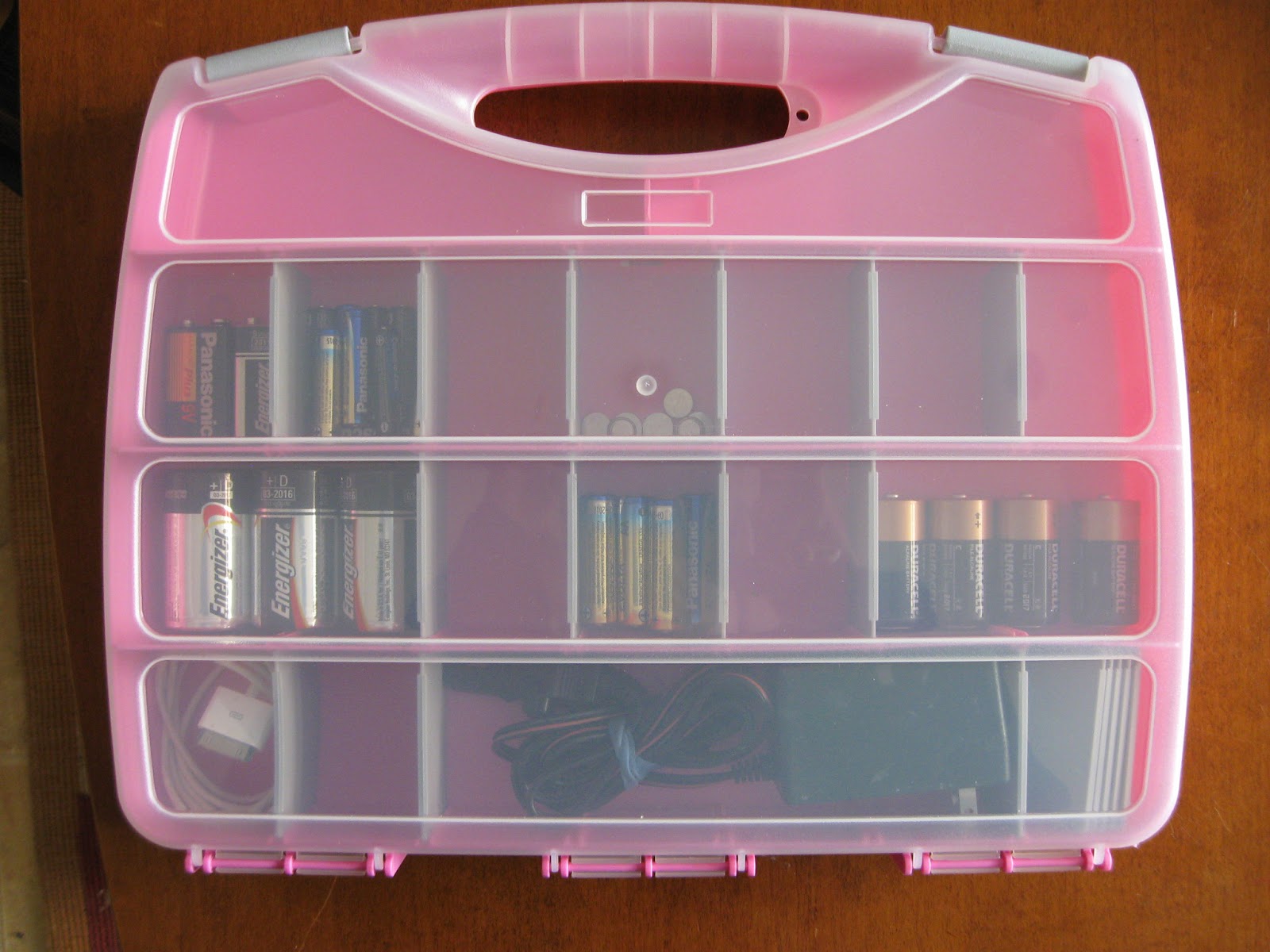So here she is, our little backyard garden, starts laid out and ready to be planted:
This little piece of tilled land can put out a lot of produce; you'd be surprised how much. Did you know a cherry tomato can literally give you over a 100+ cherry tomatoes (that's why some are called "sweet 100s"). It's dinner time, and you want some tomatoes for the tacos, just walk into the backyard. Have I convinced you to try this?????? Here is a basic outline.
1. Land
You need a small plot of land. You have a few options. Option 1: you can do a raised bed garden, using cedar boards or, in my case, cement garden wall pavers. This option is fairly simple. You pick a spot, build (or buy) the sides of a box and fill it with dirt. I would recommend putting down some weed/grass barrier if you are setting the box on grass because you'd be surprised what might find its way up through the dirt. You do not want pressure treated lumber because it can leech chemicals into the soil. Here's a picture of our sandbox, its the same exact concept (you can see the actual garden in the corner).
Option 2: plant directly in the ground. You will need to prep the ground and there are different ways of doing this, but I prefer the good old fashioned method of tilling the land with a rototiller. You probably don't own one of these, but you can borrow from someone, or I imagine they rent these things out. First, mark the area with string and tent spikes, cut the sod (if there is grass) and till the land with the rototiller. Depending on your ground, you may have some rock picking to do. I survived this as a child, and you will too :). You can turn the land by hand, but its a LOT of work.
Make sure that where ever you place your garden, it is the sun most of the day.
2. Enrich your soil
There are also many ways of doing this. You can buy a bag of steer manure at Fred Meyers (I know it sounds gross, but this is probably the most simple method), you can use your garden area as a compost pile, throwing in veggie and fruit scraps during the year, prior to plantings; you can get compost from anyone who has horses and cleans stalls (just be sure its "cooked" for a while or you will have a lot of weeds), I've even asked our local Starbucks to give me their used coffee grounds and they did. There's over 100 pounds of Starbucks coffee in my garden (I joke that its my international garden because there are coffee beans from other continents in my backyard). If you are buying soil form a garden center, it may already be enriched (talk to the garden center). Even if you did nothing to the dirt, veggies would still probably grow. Like I said, this is simple.
3. Select plants
You can grow from starts or seeds. I like to do green beans from seed, and if I had space, I would grow corn from seed too. The rest of my plants, I grow from little starts. It's just easier for me, and because I'm not an expert, I generally don't fail with a start. The little tag in the start will tell you how to space the plants in the ground, when to plant, and how long they take to mature; and pay attention! Yes, one zucchini plant gets really big and will feed an army. Unless you are juicing, you only need one. Other plants like pumpkins and squash take up a lot of space and so they don't work well in a small garden. I like to lay out my plants, prior to planting. You can see that in this picture:
Here is what I have in my little garden: zucchini, green beans, yellow and purple potatoes, tomatoes, red bell peppers, yellow squash, mint, romaine lettuce, kale, butter lettuce, cucumbers, cauliflower, and nasturtium flowers (edible). I plant the flowers around the edge of the garden for beauty.
4. Plant and Water
Here's the fun part. Put these treasures in the ground. With a start, its simple; just plant it in the ground. With seeds, here's how my Momma taught me:
Lay out string that is attached to a stick, or tent spikes. I used cooking skewers.
Next pay attention to the back of the package of seeds. It will tell you how deep to plants them (which is generally VERY shallow).
Next, make a furrow with your finger, following the string so that your line is strait.
Next, drop the seeds into the ground (the seed packet will tell you how far to space them). See the little white seeds?
Cover with dirt and water.
It may sound complicated, but after you do it once, it's pretty simple. As you can see, the garden looks very sparse right now, but once all the plants mature, it will be full, with barely enough room to walk between the plants.
I hope your try it!
Please feel free to ask any questions.
Many blessings to you! - Home Centered Girl



























